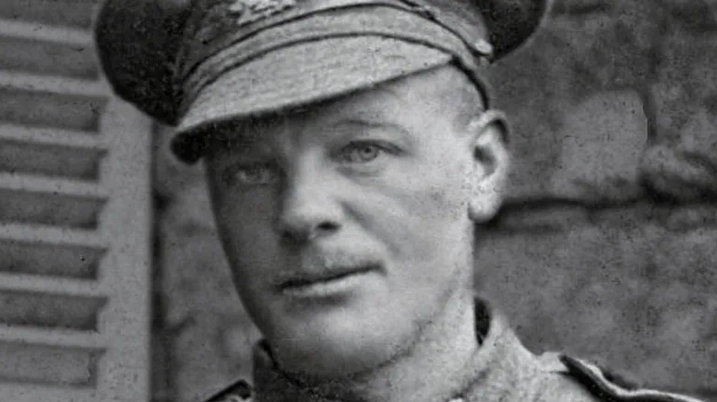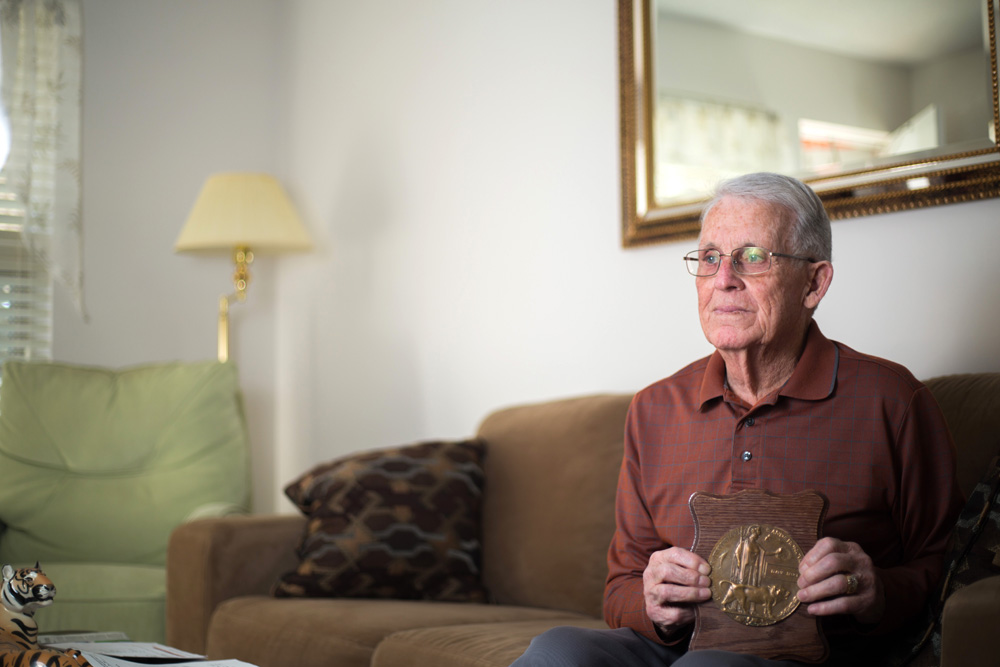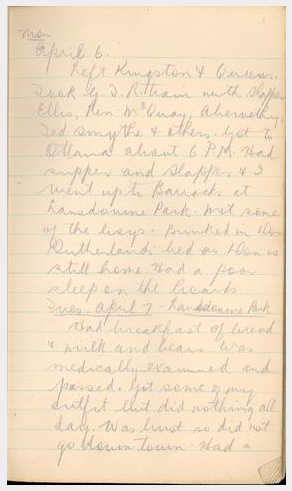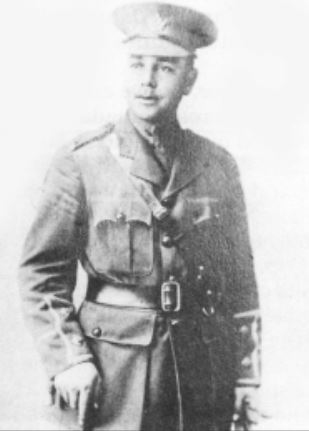
Hommage à nos héros
 Hommage à nos héros
Hommage à nos héros

Notre mission
-
This project will create a single place of remembrance for all Canada's fallen heroes - an installation that families, friends and the people of Canada can visit and pay homage to our war dead. It will honour the names of our fallen in all conflicts of record starting with the earliest. And though most of our war dead are buried in foreign lands, have no known grave or died at sea, this marker will bring our boys and girls home.
This will not be a war memorial taking the place of local cenotaphs or sacred memorials that already exist. It will have two components: a series of panels portraying the various conflicts Canada has engaged in, and a virtual "Wall," an electronic facility with a search function. A mobile presentation of names of each fallen hero together with biographies and photographs will be augmented from time to time as new material comes to light. Each year a glossy magazine will focus on aspects of the various conflicts with reviews, editorials, memoirs, stories, verse, and memorials to heroes who paid the supreme sacrifice for our country.
The right location for the installation is crucial. The National Wall of Remembrance Association believes that Kingston, Ontario, is the right place, for Kingston is the birthplace of much of the present Canadian Armed Forces.
Under the French regime, Cataraqui as it was then known became a defended trading post in 1673 consisting almost entirely of Fort Frontenac and its garrison. After its conquest by General Bradstreet in 1758 it fell into British hands. In 1783, following the American Revolutionary War, it became the "King's Town" and the focal point of British Empire Loyalist settlement. Fort Frontenac has had a military function ever since - after the British troops left in 1871 most notably as Téte de Pont Barracks, home of the Royal Canadian Horse Artillery, and then as the Canadian Army Staff College and its Canadian Armed Forces successors. In 1903, Canadian Boer War hero, Major Bruce Carruthers, established the first independent school of military signalling in the British Empire in Kingston.
The Royal Military College of Canada(RMC), established in 1874, was built on the site of the earliest Canadian civil-marine and naval stations. HMCS Cataraqui, one of Canada's leading naval reserve units, carries on that fine tradition today. Old Fort Henry, along with its associated Martello Towers, was built as part of Canada's defences in the 1830s on the site of an earlier wooden fort and is today one of the country's outstanding tourist attractions. It is a designated National Historic Site guarding the entrance to the Rideau Canal, itself a UNESCO World Heritage Site. Kingston was the first capital of the United Province of Canada.
Today, Canadian Forces Base (CFB) Kingston directly employs more than 8,000 regular soldiers, reserves and civilians. It provides support for operations in Afghanistan and training and education through the schools of Military Intelligence and Communications. It provides higher education at RMC and trains staff officers at the Canadian Forces Land Command and Staff College. At any time, some 2,500 students are attending one or other of the base military or educational schools. CFB Kingston also sends some 600 sailors, soldiers, airmen and women on operational duties each year in support of United Nations operations around the world.
As if that were not enough, a blue-ribbon panel - mainly of retired senior military officers settled in Kingston, their 400 years of combined service to Canada without equal anywhere - has stepped forward to form an advisory board in support of the Canadian Wall of Remembrance project and to work with an organization that has a proven track record in raising funds for national memorials.
All in all then, the Limestone City is the natural choice for this noble and patriotic installation - a gesture and gift to Canada's posterity that will only grow over the years as the full potential of this 21st century salute to our fallen comrades is developed and the torch is passed from hand to hand by a dedicated group of public-spirited and patriotic citizens. This endeavour will be something that any true Canadian can be proud of - a gift to last.
Dernières nouvelles / ajouts
Se souvenir des soldats des Premières Nations
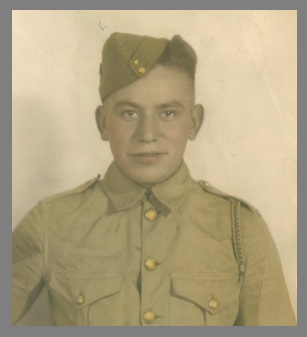
- Private
PRICE, GEORGE G A
Regiment: Lake Superior Regiment (Motor) R.C.I.C.
Date of Death: 9 August 1944
Cemetery: BRETTEVILLE-SUR-LAIZE CANADIAN WAR CEMETERY


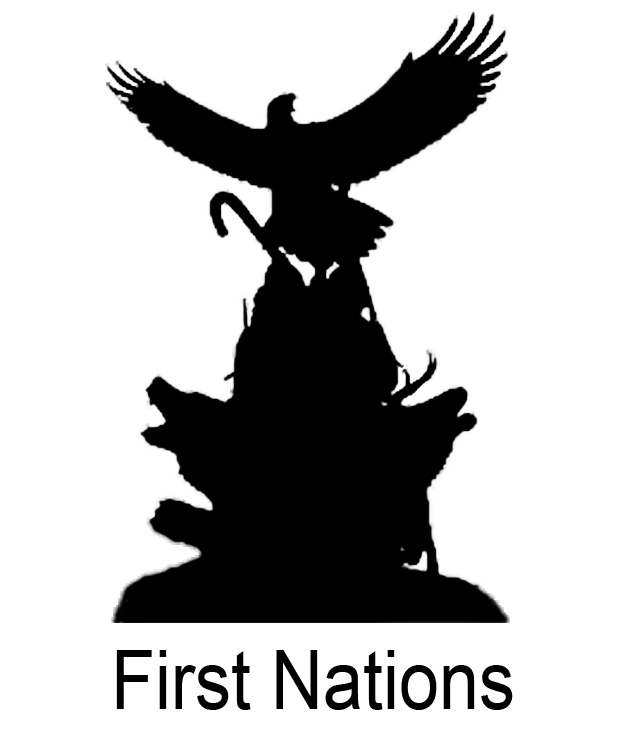
Metis
-
27 July
248 soldats canadiens sont tombés à cette même date dans l'histoire. Cliquez sur le lien ci-dessous pour voir la liste complète des militaires disparus aujourd'hui au cours de l'histoire.
-
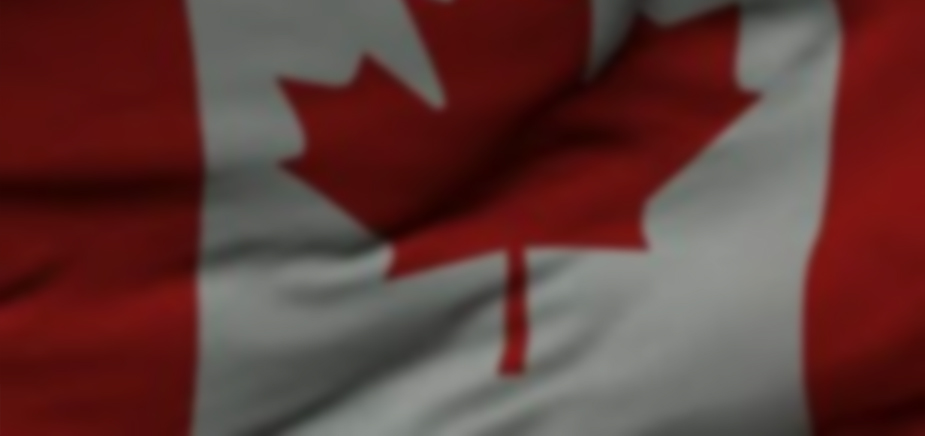
-
Rechercher dans la base de données
Militaires qui se sont distingués
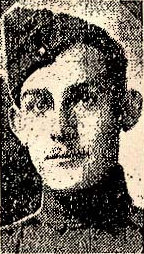
MCFAUL, L L
Lieutenant
Royal Air Force
10 July 1918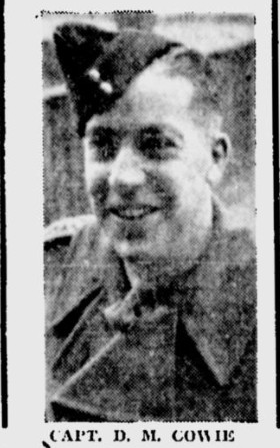
COWIE, D M
Captain
Cameron Highlanders of Ottawa
18 September 1944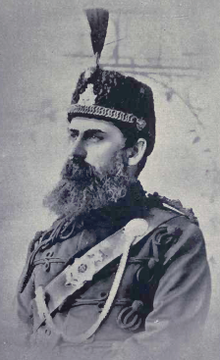
KENNEDY, W N
Lieutenant Colonel
Nile Voyageurs
3 May 1885
BIGWOOD, P H
Flight Lieutenant
Royal Flying Corps
21 June 1917
MOSES, J D
Lieutenant
Royal Air Force
1 April 1918
REMILLARD, G
Private
4th Princess Louise Dragoon Guards R.C.A.C.
23 September 1944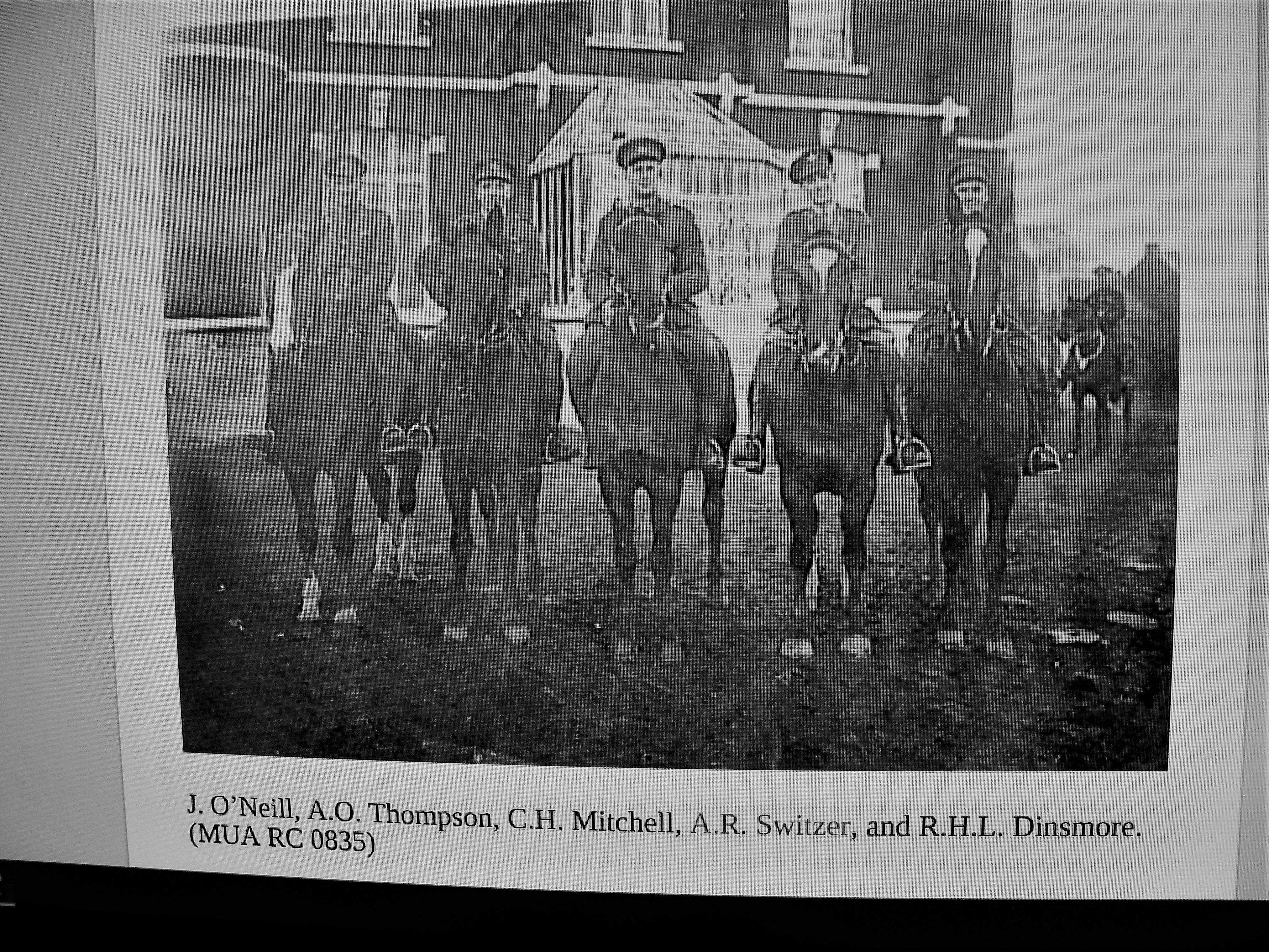
SWITZER, A R
Lieutenant
Canadian Infantry (Central Ontario Regiment)
23 April 1919
GRAY, R H
Lieutenant
Royal Canadian Naval Volunteer Reserve
9 August 1945



